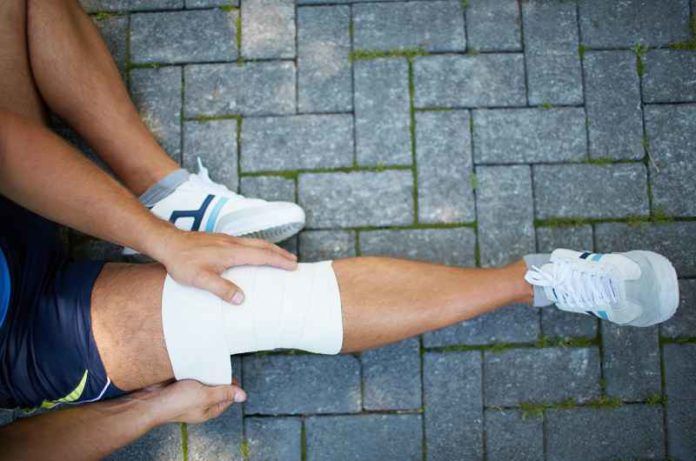For over 20 years, low-intensity pulsed ultrasound (LIPUS) has been used as a therapy for fractured bones, and expensive machines have been commonly prescribed by trauma surgeons. However, new research is emerging investigating their efficacy in bone healing.
Low-intensity pulsed ultrasound (LIPUS) is regularly prescribed to fracture patients as a healing aid. It claims to speed bone healing by non-invasively emitting penetrating ultrasound waves into the body. They are most commonly used in the cases of bones that have failed to exhibit health after months of rest.
LIPUS bone stimulators are quite expensive, costing between $1250 and $5000, and in 2006 accounted for $250 million in USA sales. Their use has been supported by systematic reviews with various flaws, such as small sample sizes, bias, and failure to cover important patient outcomes. Researchers sought to conduct a complete systematic review that would determine the efficacy of using LIPUS to treat fractures.
In a new study published in the British Medical Journal, Schandelmaier et al. investigated the efficacy of using LIPUS in fracture treatment. A panel was gathered of 5 trauma or orthopedic surgeons, 1 physiotherapist, 6 methodologists and 4 fracture patients, 1 of whom had used LIPUS, to oversee the review and provide guidance regarding populations, subgroups, and points of interest. Randomized controlled trials comparing the use of LIPUS with a sham device were used. The patient portion of the panel provided input indicating that functional recovery time, pain reduction and number of subsequent re-operations for the fracture were important outcomes. The studies were assessed for bias and satisfactory results were pooled and analyzed.
Compiling data from previous studies, the researchers found that LIPUS had no effect on functional recovery time or number of subsequent operations. These conclusions were graded as being of moderate quality. The study reviewers found that most studies indicating that LIPUS conferred benefits in these two regards, as well as pain reduction, carried high risks of bias. Using studies with low risk of bias, high-quality results were derived that showed no effect on pain reduction or days to full weight bearing from LIPUS, and moderate quality results indicating no improvement in duration to radiographic healing.
The study was limited by the previous studies’ inability to cover all important patient outcomes. Additionally, insufficient subgrouping was found that limits the study’s ability to analyze LIPUS effect on children and under-represented populations such as non-unions and stress fractures. As such, the results of this study can be applied to the general population and to those with common fractures, but for children and those suffering from rarer bone conditions, the efficacy of LIPUS requires further investigation.
Written By: Wesley Tin, BMSc



